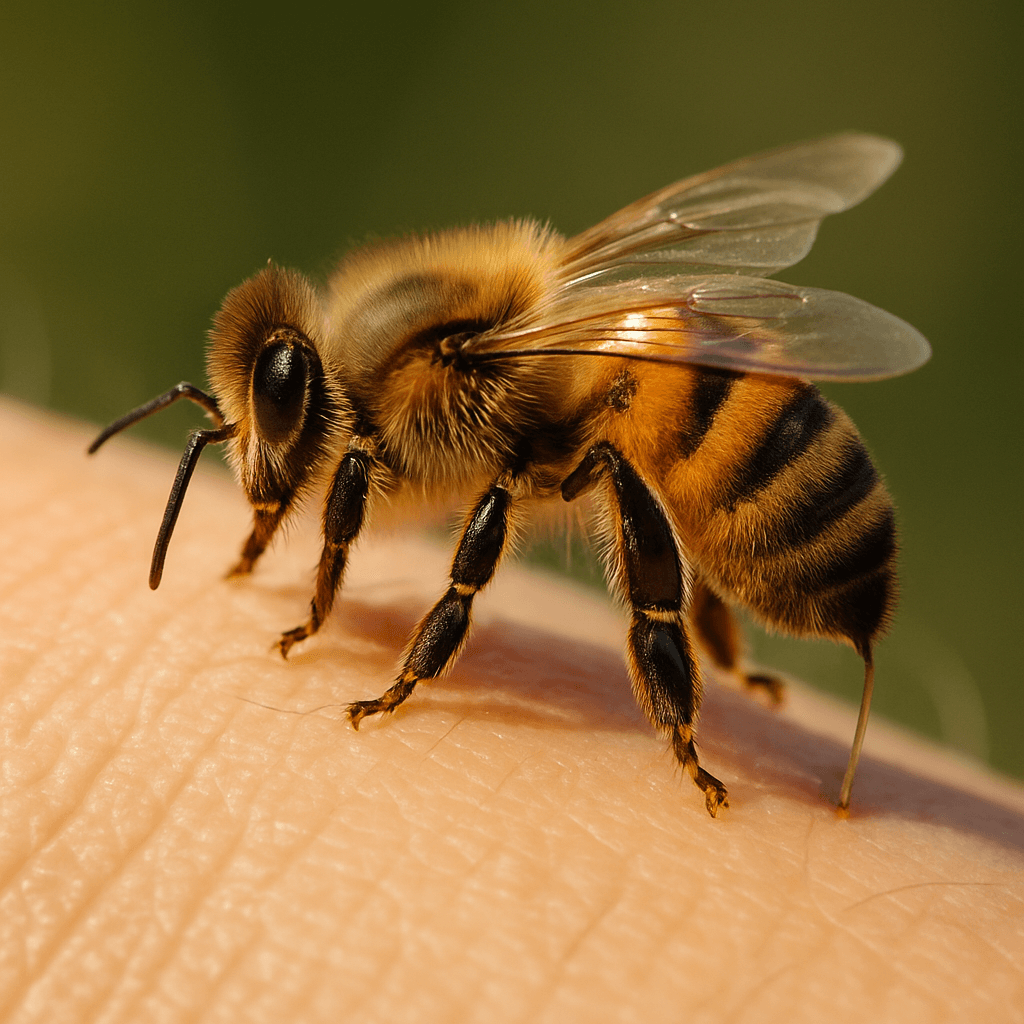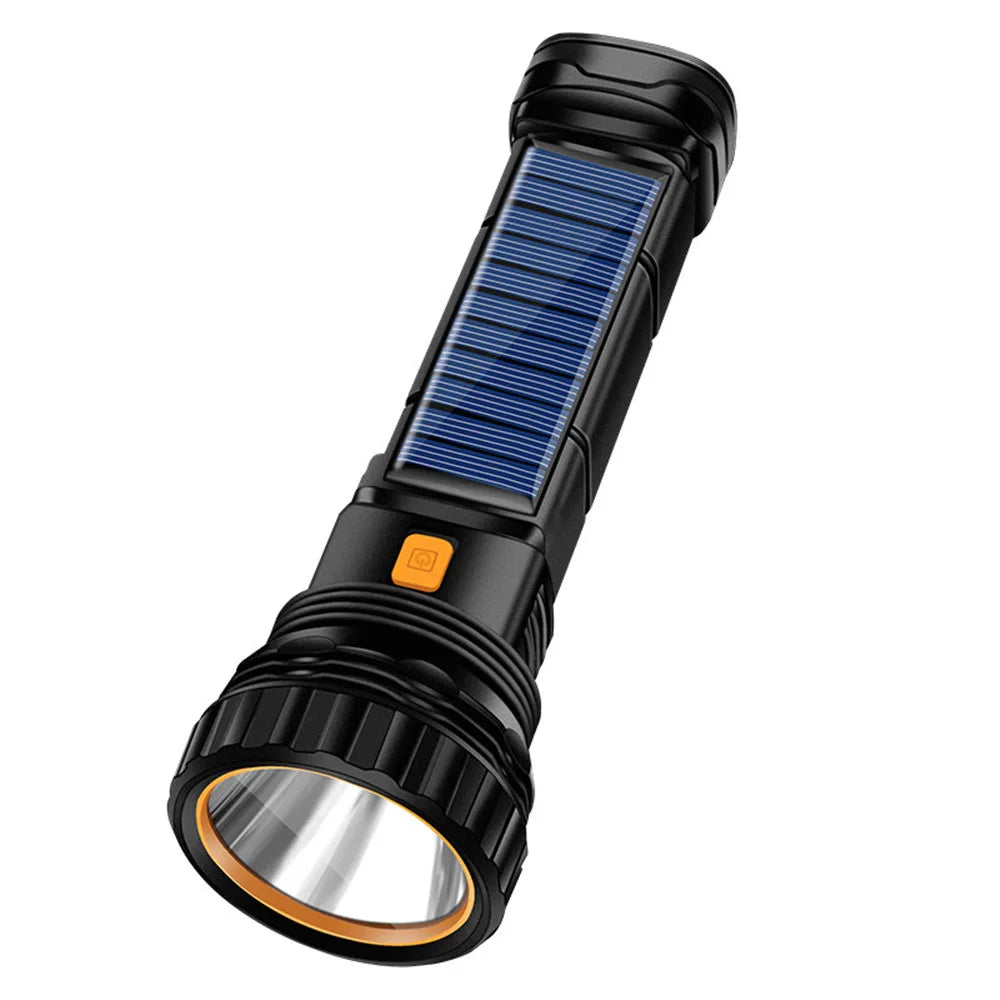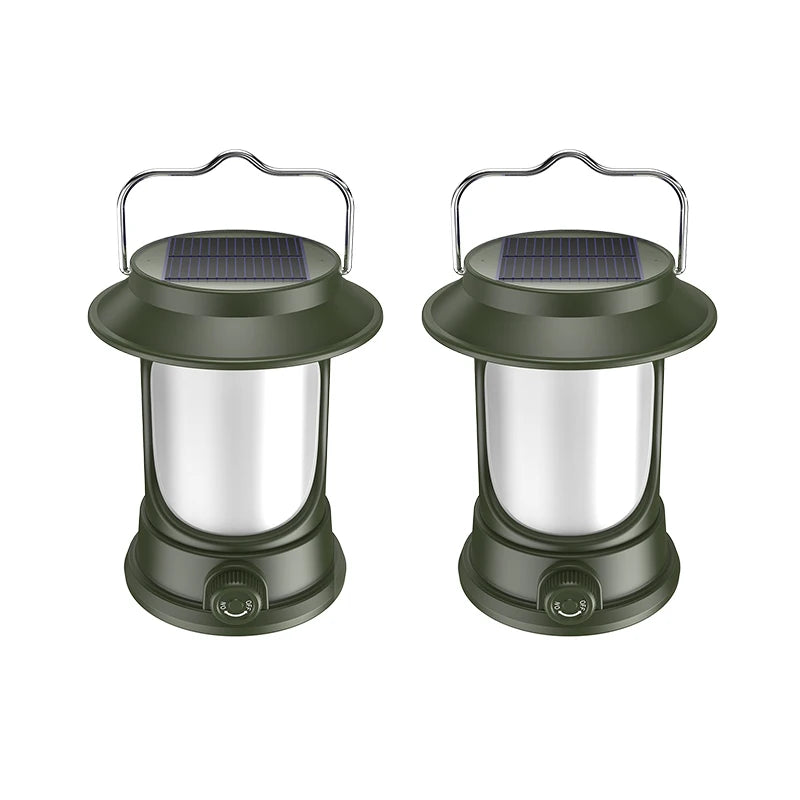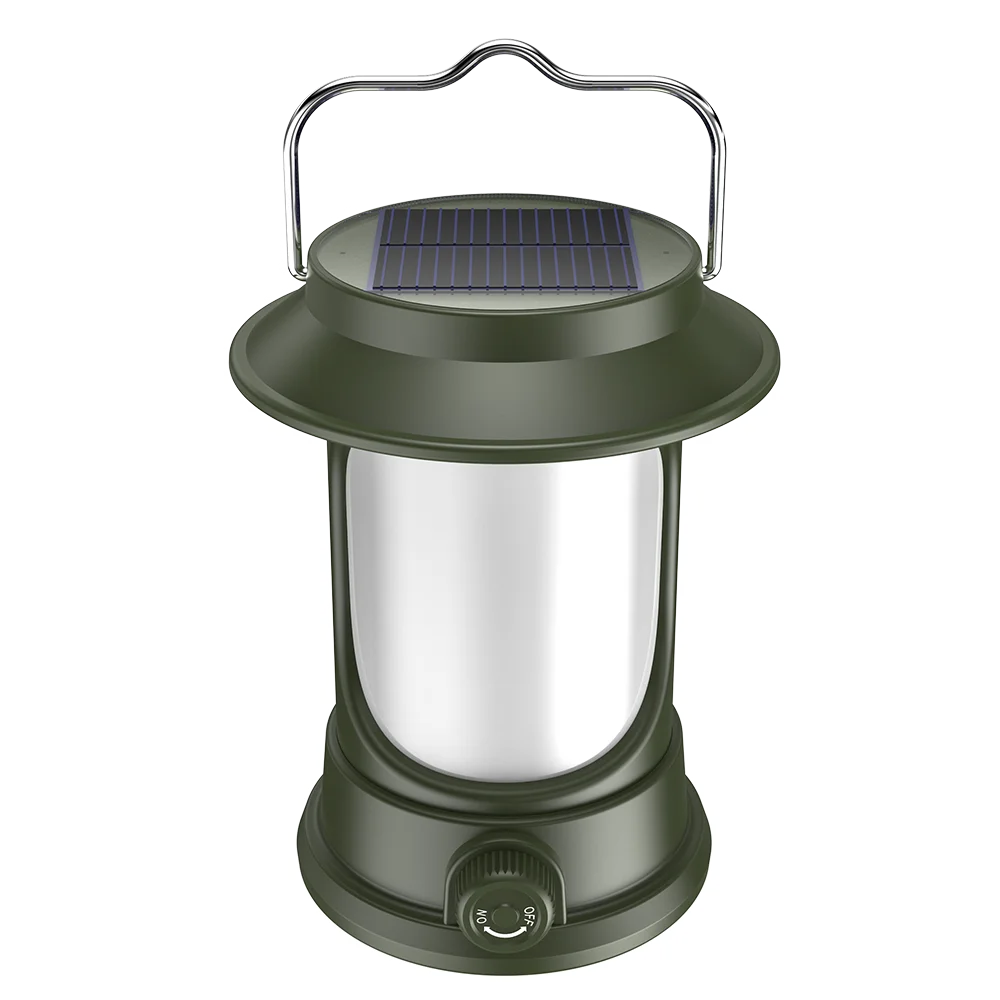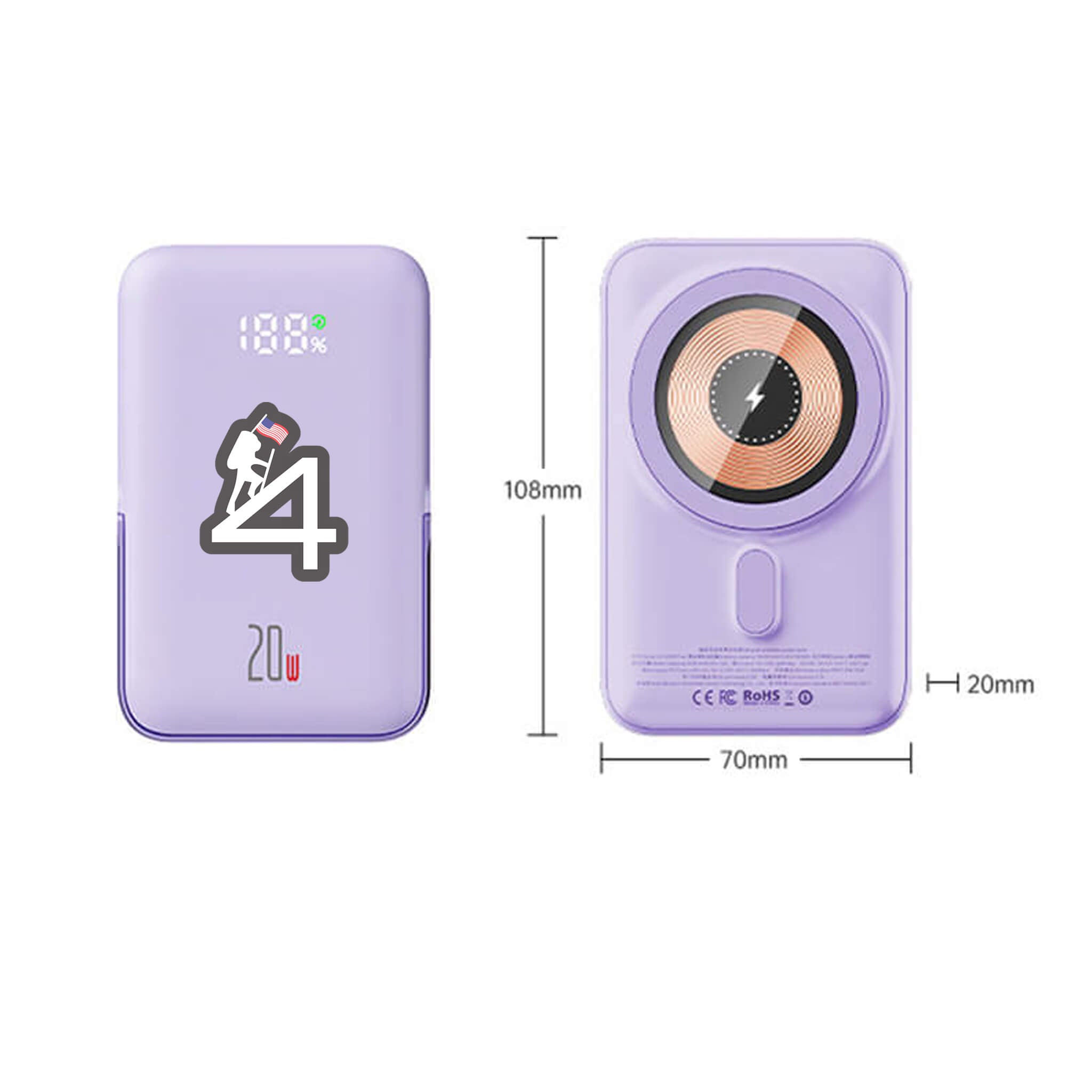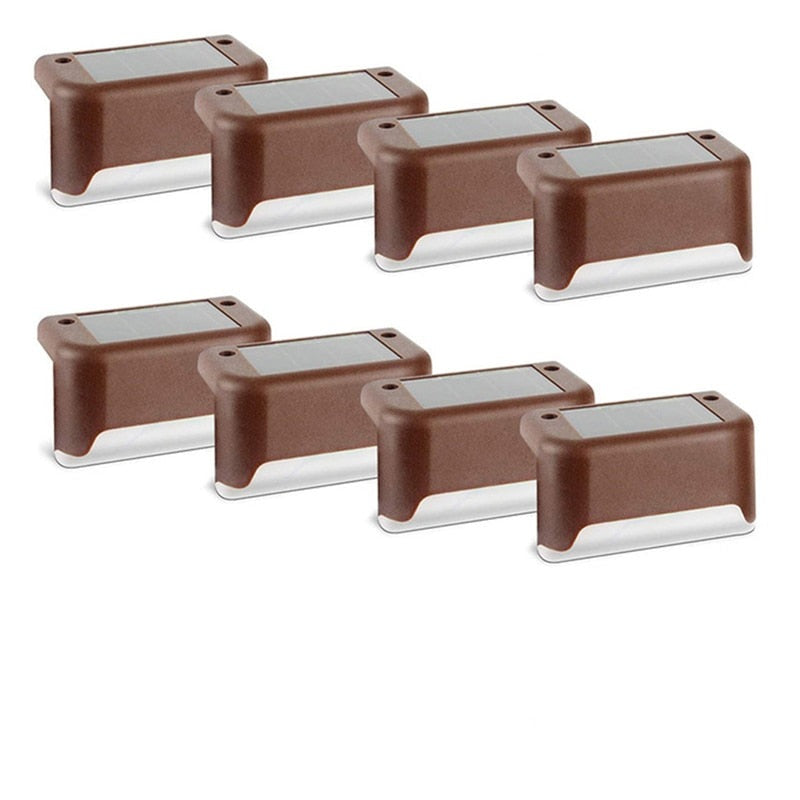Introduction: The Mystery of the Bee Sting
It’s a warm afternoon, and you're enjoying a peaceful hike or picnic when suddenly — ouch. A bee has stung you. What makes this moment especially confusing is knowing that the bee will likely die as a result. Why would any creature sacrifice itself like that? Is it rage? Fear? Or something more instinctive?
In this article, we explore the biology, behavior, and reasons behind bee stings — and how you can avoid becoming their next target.
1. The Biology of the Bee Sting
When a honeybee stings, it drives its barbed stinger into the skin of its target. That stinger is connected to the bee’s internal organs. When the bee flies away, the stinger remains lodged in the skin, and the bee is mortally injured.
Not all bees die after stinging. This lethal mechanism is specific mostly to honeybees and only when stinging mammals with thick skin (like humans). Wasps and bumblebees can sting multiple times without dying.
2. Self-Sacrifice or Evolutionary Strategy?
At first glance, dying for one sting seems like evolutionary madness. But for honeybees, it's an effective defense of the hive. The sting delivers venom and also releases a pheromone that signals other bees to defend.
Worker bees are sterile and exist to protect and support the hive. Their sacrifice serves the genetic success of the colony, not the individual. In the cold logic of evolution, the death of a few workers is a worthy trade-off to protect thousands, including the queen.
3. Why Bees Sting Humans
Bees don’t seek out humans to sting them. They sting when they feel threatened. Here are common triggers:
-
Swatting or fast movements
-
Accidentally stepping on or disturbing a hive
-
Wearing strong perfumes or floral patterns
-
Bright clothing
-
Getting too close to flowers they’re pollinating
Understanding their triggers helps you avoid becoming a target.
4. How to Avoid Getting Stung
Here are practical tips to reduce your chances of getting stung:
-
Move calmly and slowly near bees.
-
Avoid wearing strong scents.
-
Choose neutral-colored clothing.
-
Stay alert when eating or drinking sweet things outdoors.
-
Keep your distance from hives or swarms.
If a bee starts circling you, stay calm and walk away slowly.
5. What to Do If You Are Stung
If you do get stung:
-
Remove the stinger by scraping (not pinching!) with a fingernail or card.
-
Wash the area with soap and water.
-
Apply ice to reduce swelling.
-
Take antihistamines if needed.
-
Seek emergency help if you experience signs of an allergic reaction (like difficulty breathing or swelling of the face and throat).
6. Why We Need Bees (Even If They Sting)
Bees are essential pollinators. They help grow the food we eat and maintain healthy ecosystems. Their sting might be painful, but their presence is vital.
By learning how bees operate and how to respect their space, we can protect ourselves and support the survival of these remarkable insects.
Conclusion: The Sting That Saves the Hive
So, why do bees sting us if it kills them? Because they’re not acting out of vengeance, but out of instinct. They give their lives to protect something greater than themselves: their community.
By understanding and respecting bees, we reduce our chances of getting stung and increase our chances of protecting one of nature’s most valuable allies.

